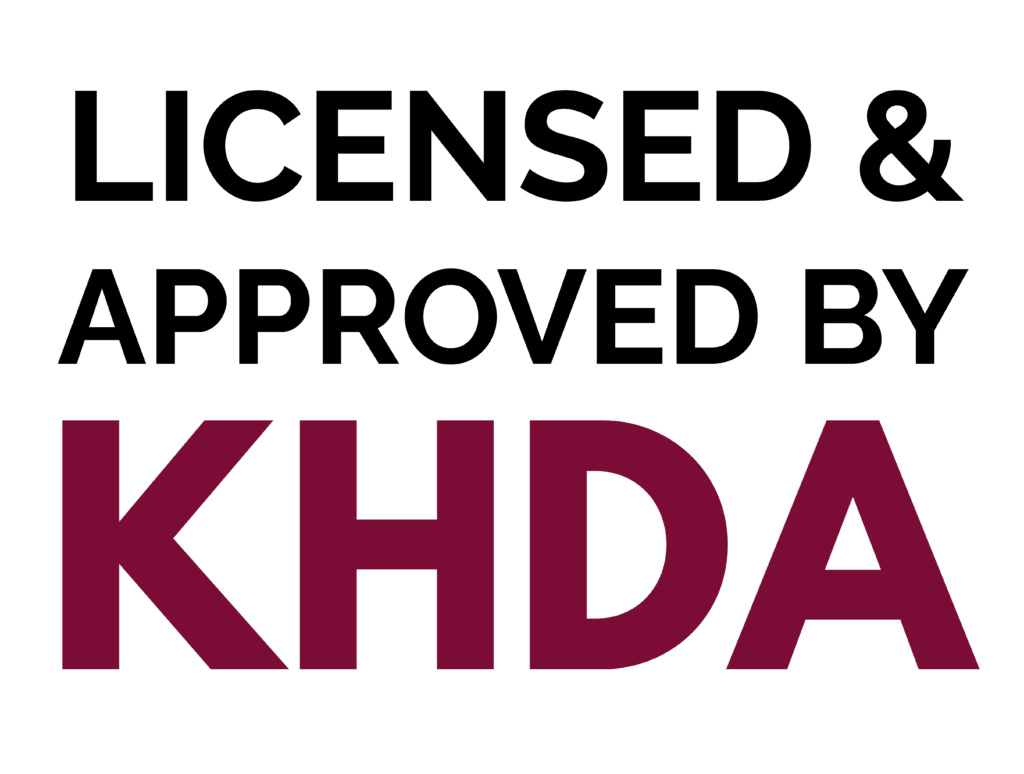CIE IGCSE Chemistry: Textbook
Concise resources for the IGCSE CIE Chemistry course
Chemistry (0620)
1. States of matter
1.1 States of matter
1.2 Kinetic particle theory of matter
1.3 Mixtures of substances and diffusion
2. Atomic structure
2.1 Atoms and elements
2.2 Isotopes
2.3 Electronic configuration of elements
3. Chemical bonding
3.1 Non-metallic substances and covalent bonding
3.2 Ions and ionic bonding
3.3 Giant structures
4. Chemical formulae and equations
4.1 Chemical names and formulae
4.2 Chemical equations for reactions
4.3 Relative masses of atoms and molecules
5. Chemical calculations
5.1 The mole and Avogadro’s constant
5.2 The mole and chemical equations
5.3 Moles and solution chemistry
6.Electrochemistry
6.1 Types of electrical conductivity
6.2 Products of electrolysis
6.3 Hydrogen as a fuel
7. Chemical energetics
7.1 Physical and chemical changes
7.2 Exothermic and endothermic reactions
8. Rates of reaction
8.1 Factors affecting the rate of reaction
8.2 Collision theory of reaction rate
9. Reversible reactions and equilibrium
9.1 Reversible reactions
9.2 Haber process and Contact process
9.3 Fertilizers
10. Redox reactions
10.1 Combustion, oxidation and reduction
10.2 Redox reactions
11. Acids and bases
11.1 The nature of acids and bases
11.2 Characteristic reactions of acids
12. Preparation of salts
12.1 The importance of salts – an introduction
12.2 Preparation of salts
13. The Periodic Table
13.1 Classifying the elements
13.2 Trends in groups
13.3 Trends across a period
14. Metallic elements and alloys
14.1 The properties of metals
14.2 Uses of metals
14.3 Alloys
15. Reactivity of metals
15.1 The metal reactivity series
15.2 Metal displacement reactions
16. Extraction and corrosion of metals
16.1 Metal extraction and the reactivity series
16.2 Corrosion of metals
17. Chemistry of our environment
17.1 Air quality
17.2 Carbon dioxide, methane and climate change
17.3 Water
18. Introduction to organic chemistry
18.1 Names and formulae of organic compounds
18.2 Structural formulae, homologous series and isomerism
19. Reactions of organic compounds
19.1 Characteristic reactions of different homologous series
19.2 Chemistry of ethanol
19.3 Carboxylic acids and esters
20. Petrochemicals and polymers
20.1 Petroleum and its products
20.2 Polymers
20.3 Plastics
21. Experimental design and separation techniques
21.1 Experimental design
21.2 Separation and purification
21.3 Chromatography
22. Chemical analysis
22.1 Tests to identify common cations
22.2 Tests to identify common anions
22.3 Tests to identify common gases
22.4 Quantitative analysis: acid-base titrations

